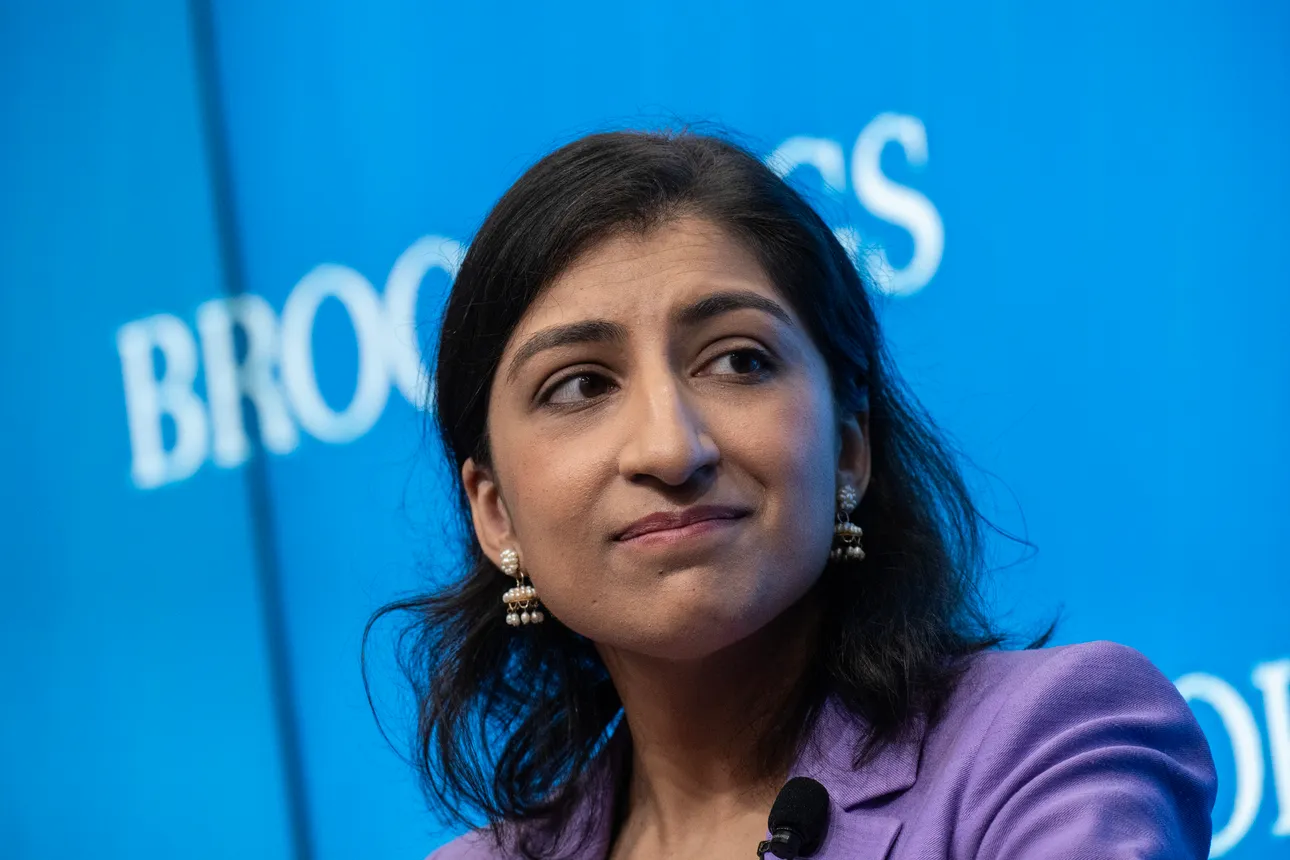M&A is a crucial part of the biopharma industry — generally speaking, smaller companies take on the high risk of early drug development while bigger companies leverage their deep pockets for larger, late-stage trials and a wide market reach.
And despite a few sizable deals in 2023, M&A still hasn’t reached pre-pandemic heights. Experts have cited market uncertainty during the health crisis as one reason for dealmaking hesitancy, but other changes are also afoot — specifically at the U.S. Federal Trade Commission, which has become notably more aggressive in its efforts to ensure acquisitions don’t get in the way of fair competition. Most recently, the FTC rendered impactful decisions on two pharma giants looking to bring new drug candidates into their pipelines through acquisitions.
After a prolonged scrutiny period, the agency last week cleared Pfizer’s $43 billion purchase of Seagen with the caveat that the drugmaker donate to the American Association for Cancer Research.
On the same day, Sanofi cut ties with partner Maze Therapeutics in response to a lawsuit from the FTC that claimed the licensing deal between the two companies extended Sanofi’s monopoly in the rare Pompe disease.
In September, Amgen settled with the FTC to allow its $27.8 billion deal to buy Horizon Therapeutics to go through, but the agency’s orders limit the exclusionary rebating practices that might have resulted from the acquisition.
The truth is, these trade regulator changes have been in the works for several years, particularly after 2019 gave the industry two megadeals — Bristol Myers Squibb’s $74 billion purchase of Celgene and AbbVie’s $63 billion deal to buy Allergan — and the shift suggests tighter regulations are here to stay.
FTC crackdown
Earlier this year, the FTC held a workshop to discuss how its focus and scope would need to change to wrest control of the deal landscape from pharma companies seeking a competitive advantage.

“The pharmaceutical sector is where the life and death stakes of our work as antitrust enforcers really comes to the fore,” said FTC Chair Lisa Khan at the June workshop. Khan added that innovation in the field also depends on competition. “As antitrust enforcers, it’s our job to promote their competition that will help create the right conditions for the next generation of scientific advances.”
Khan pointed to “tiller acquisitions,” which she defined as deals designed to stifle potential competition, as a strategy that “may be common in the pharmaceutical industry.”
The FTC and the Department of Justice released guidelines this month to address concerns regarding market consolidation and tighten the language around monopolies giving the agencies more opportunities for deal scrutiny. Both agencies also withdrew “outdated” guidance documents in a move that pointed to a tougher stance, according to reports.
Lawmakers have also gotten involved. Earlier in the year, Sen. Elizabeth Warren (D-Mass.) sent a letter to the FTC to call for further antitrust enforcement.
“There are additional actions that the administration can take to reduce the cost of prescription drugs and ensure competition in the pharmaceutical market,” Sen. Warren wrote. “In particular, robust FTC enforcement of antitrust law can help slow the pace of drug company consolidation.”
That harsher regulatory stance could derail the M&A train that industry insiders hoped would gain momentum after a major slowdown. Or, in line with what the FTC appears to be trying to accomplish, the biopharma sector will need to reconsider how to balance consolidation and competition.
Pharma fights back
In response to the changes at the regulatory level, pharma companies have joined forces in the Partnership for the U.S. Life Science Ecosystem, known as PULSE. Members include pharma giants Merck & Co., AbbVie and Amgen.
The group has a stated goal of “raising awareness about the unique life sciences ecosystem and the importance of M&A in leveraging efficiency and experience across companies of all sizes.”
With regard to the updated FTC and DOJ guidelines, PULSE sees ambiguity and overreach.
“The agencies’ guidelines and recent approach toward M&A broadly suggest that even theoretical and speculative impacts on competition could be enough to deem a life science deal unlawful — an unprecedented expansion of authority that extends beyond the agencies’ remit,” the organization said in a release.
The industry has a lot hanging in the balance — upcoming patent cliffs for blockbuster drugs and the cost of drug development will likely make M&A a brighter prospect in the next few years, according to an annual report from EY, in which analysts said last year was potentially “the calm before the storm.”
“As companies seek to secure growth and future-proof their business models amid a rising tide of innovation, M&A will need to take a central strategic role,” EY Global Deals Leader Subin Baral said in the report.



















